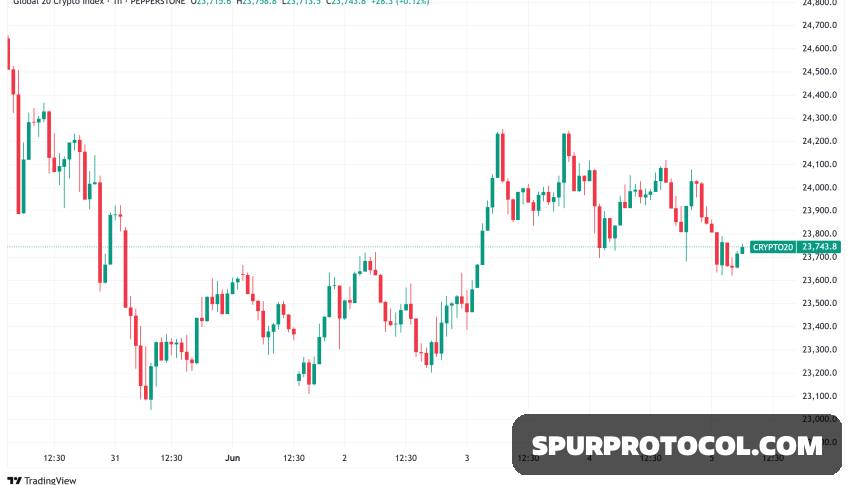Decoding The Network’s Pulse: How On-Chain Data Reflects Crypto Sentiment
Market psychology shapes price, but on the blockchain, sentiment leaves an observable data trail. Let’s break down how to read the network’s emotional consensus.
Go Back

🕒 7:43 AM
📅 Oct 17, 2025
✍️ By Nathanael707
See it this way—if a blockchain is the ultimate public ledger, then market sentiment is the collective psychological state of its users, leaving indelible proof on that ledger. To truly understand why prices move, you can’t just watch the charts; you must observe the on-chain activity that records the conviction, fear, or greed of the crowd.
Let’s simplify this: the movements of tokens, wallets, and addresses act as objective, verifiable data points that translate emotion into technical action. This is the difference between speculating on a feeling and analyzing concrete network metrics.
It’s not rocket science; analyzing these movements helps us understand the true intentions behind transactions. Whereas social media sentiment is subjective, on-chain data provides the proof-of-emotion.
Let me walk you through the core metrics that serve as the network's emotional consensus:
1. Exchange Net Flow (The Fear/Greed Barometer)
• This metric tracks the net amount of cryptocurrency moving onto or off of centralized exchanges.
• The Mechanism: When tokens flow onto exchanges, it indicates that users are preparing to sell (a signal of fear or short-term trading intent). When tokens are withdrawn off exchanges and moved into private, self-custody wallets, it signals long-term holding and belief in the asset (a signal of optimism).
• Impact: A massive net outflow suggests high network conviction and reduced selling pressure, which is a powerful technical indicator of trust in the asset's future.
2. Active Addresses and Network Growth
• This tracks the number of unique blockchain addresses that are active (sending or receiving) during a given time period.
• The Mechanism: High numbers of new or active addresses indicate genuine adoption and utility. Low or declining numbers, regardless of price, can signal network stagnation.
• Impact: A growing base of active users suggests organic network health. This metric helps separate price movement driven by pure speculation from movement supported by a growing, healthy ecosystem.
Like all complex network metrics, these on-chain data points have their trade-offs. They can be complex to interpret, and whales (large token holders) can occasionally manipulate their appearance through coordinated movements.
However, even with these caveats, these metrics provide an unalterable, technical snapshot of network participation and user conviction that no financial news headline or social media post can fake.
So, while emotions may drive markets, on-chain data is the impartial recording mechanism that measures those emotions. Understanding these system-level metrics is the backbone of informed crypto analysis.
